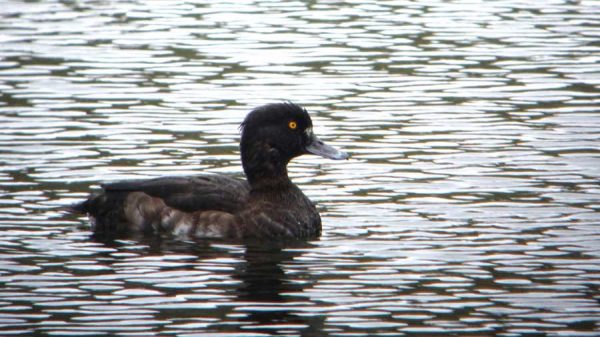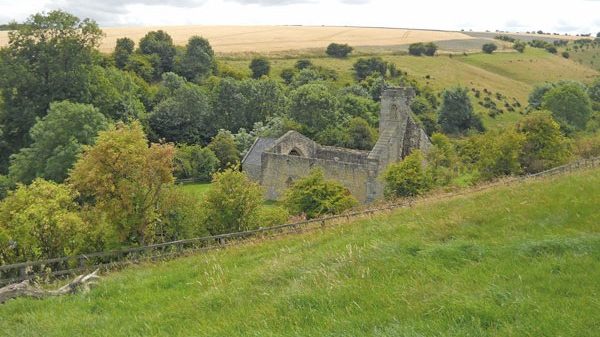Making the most of the occasionally decent days is most important, whether that’s a visit to your local park or getting a little more physical in the garden, the fresh air will do you the power of good.
There is always a job to do outside and at this time of year it is good to undertake one that requires a little physical effort. I look upon these jobs not so much as a toil and more like firing up your internal central heating. It may take a little effort to convince yourself that its a good idea to go outside, especially if it is a chilly day, but it is worth wrapping up warm and venturing out. If you plan to clear out an overgrown shrubbery or dig plots and borders you will soon find yourself peeling of layers as the intense physical effort really warms you up. The trick is if you stop for a break, make sure you wrap up again and maybe make yourself a hot drink.
Creating a new border or replanting an existing one is quite a task but by far the most important part is preparing the soil for whatever you intend to grow. Those familiar with vegetable growing will be well aware of the need to keep the soil in good condition with the annual incorporation of well rotted compost and regular applications of feed throughout the growing season, but how many gardeners regularly feed and mulch permanently planted borders? Trees shrubs and perennials need regular feeding the same as vegetables and lawns but they are often overlooked and slowly deteriorate with poor flowering or worse still disease and die-back. It is difficult to incorporate well rotted compost especially if the established plants have quite a large root system, in these cases an annual mulch is the best solution and a general feed once or twice throughout the growing season ( May to September).
If you are planning a new border for shrubs that will be left in the same position for several years it is very important to prepare the border well before planting. The first job is to deal with any structural issues, that means, things like draining an excessively waterlogged site, Removing the lower limbs of overhanging trees, removing old tree or shrub roots and perennial weeds. Its a good idea to do a soil test to find out if there are any nutrient problems or if it is very acid or alkaline. It’s much easier to correct these problems whilst the bed is empty. Any plants you plan to keep should be carefully lifted with as large a root ball as possible and lined out in a trench ( the vegetable garden is a good place to do this) until you are ready to replant. I like to dig over the soil thoroughly, by taking out a trench, half filling it with garden compost or well rotted manure and turning the next trench on top of the compost. It’s a steady job and can take a few days, but it’s worth it in the end. Most importantly don’t overdo the digging, if you are not used to physical exercise just do a couple of trenches a day, it’s not a race and as long as you have the site prepared by the end of February you can replant before plants start into growth in spring. I usually apply a general fertiliser at planting time and again in late June to give the plants a good start.
Try to avoid walking on the lawn when the ground is frozen, this can damage the grass and makes it easier for turf diseases like fusarium patch and red thread to establish. Diseases are quite difficult to control and making sure your lawn is in good condition, well drained and fed in the autumn with a high potash fertiliser will give the grass the best chance of resisting such diseases.
Keep an eye on your lawn as although growth slows down at this time of year it can put a spurt on during mild periods. If you do need to cut the lawn choose a time when there are a few mild days forecast and set the mower to the highest cut.
Christmas trees in January remind me of an old John Wayne, Cowboy Western, brown spiky bundles rolling down the street like ‘Tumbleweed’(not the weedkiller). Christmas trees are not the easiest plants to deal with, apart from the needles that seem to have a knack of hiding in your carpet until you walk barefoot then they seem to take great delight in drawing blood.
Most local authorities have a disposal facility at their recycling sites, the trees are then shredded and added to municipal waste compost. I have, in the past removed all the side branches with my garden loppers and put them through my garden shredder. I mix them with other tree chippings to dress a narrow path at the back of a border, it slowly breaks down but makes it easier to access the border from the back to stake and tie plants. The remaining trunk I use as a plant support for border or climbing plants.
Next month, tidying up ornamental grasses, check over stored dahlias, and planting a hedge.
Happy Gardening,
Martin







